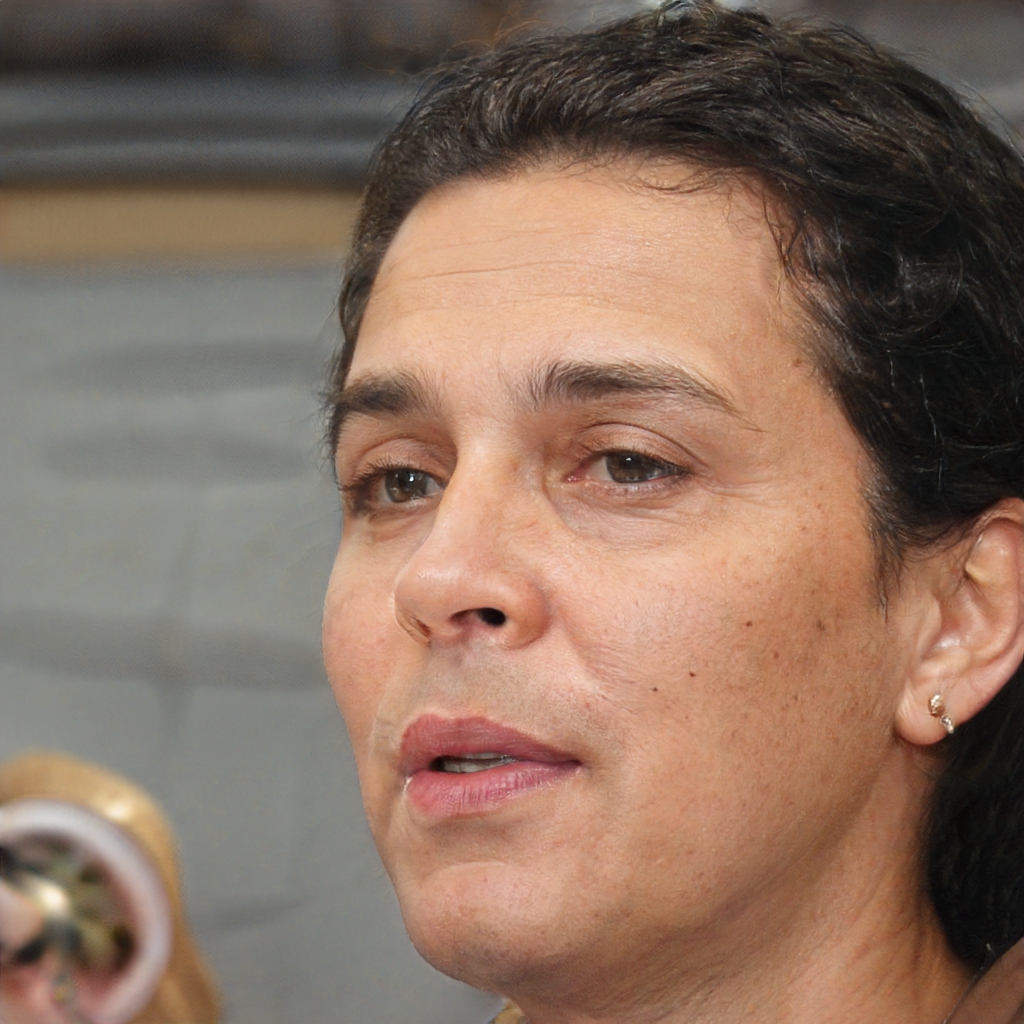The eruption that has been going on for six months and doesn't seem to want to end: the eyes of the scientific community on the Fagradalsfjall eruption, the longest in Iceland in 50 years.
When the small Fagradalsfjall mountain formation - about 40 kilometers from Reykjavík - came back into activity after thousands of years, analysts agreed: "it could last a few more days, maybe even a few more weeks," experts said.
Since that March evening, however, Fagradalsfjall has never stopped the powerful volcanic eruption: six months have passed, and we are facing the longest recorded eruption in Iceland in the last fifty years.
Fagradalsfjall: a crack in the Earth
Fagradalsfjall is a mountain formation, just 385 meters high, located within the large geothermal area of Krýsuvík, in southern Iceland. It is not the typical "mountain-shaped" volcano, but a typical phenomenon of the Icelandic area that falls in the middle of the mid-Atlantic ridge, the longest mountain range on Earth.
On the plateau a new fissure has opened, near the Fagradalsfjall mountain, from which 143 million cubic meters of lava have spilled, from March to today. And there is no end in sight.
According to the Icelandic Meteorological Office, the crack that opened in the earth would have a depth of about 500 meters: it would therefore be rather small, at least in geological terms.
The rather curious nature of the Fagradalsfjall eruption is also given by the very long period of dormancy of the volcano, which seems to have woken up for the last time in about 1240, and by the fact that - in this particular area - there were no volcanic eruptions for 800 years.
The phenomenon has already attracted more than 300,000 visitors, becoming what the Icelandic tourist office calls "a tourist attraction" of primary importance. The "lava field" that has been formed during these six months already has a nickname: "Fagradalshraun", which means more or less "beautiful lava valley".
The end is not yet in sight
Scientists are trying to analyze the volcanic activity of Fagradalsfjall, which presents characteristics very different from the eruptions to which Icelandic geologists are accustomed, although accustomed to a volcanic activity of great intensity.
The amount of lava emitted by the volcano is relatively little for such a protracted eruption time, "not even a tenth of the lava erupted by Holuhraun" in the great 2014 eruption, as Halldor Geirsson, a geophysicist at the University of Iceland's Institute of Natural Sciences, explains.
This is a "special eruption in the sense that it has maintained a relatively constant outflow, so it's going pretty strong," although it shows a very different behavior from what Icelandic volcanologists expected.
"The typical behavior of Icelandic volcanoes is that they start out with a lot of activity and erupt lava, and then decrease the spill flow over time until it gradually stops," Geirsson explains.
The case of Fagradalsfjall seems rather atypical, and it shows no sign of abating. In the first month of the eruption, 10 cracks opened in the earth, creating 7 small craters, of which only two are currently visible.
To date, only one crater remains active, but the river of magma shows no sign of stopping: "there still seems to be enough magma, whatever the reservoir from which the eruption draws," says Geirsson.
Breaking the record of the longest volcanic eruption ever in Iceland will not be easy: on the island of Surtsey, in the sixties, recorded a volcanic eruption long almost four years.
